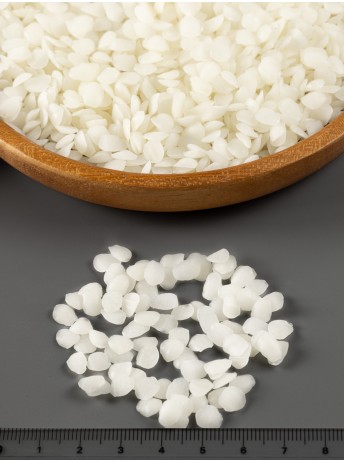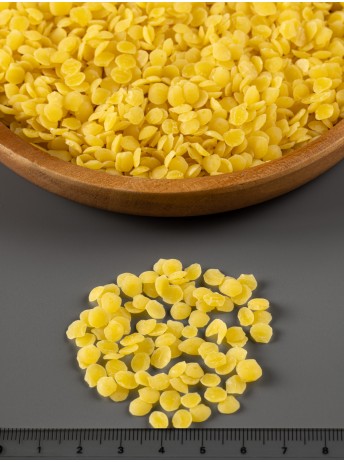Menu
-
MenuBack
-
Candle-making
-
-
Plant-based Waxes
-
-
Plant-based Waxes
-
-
-
Blended Waxes
-
-
-
-
Mineral & Animal waxes
-
-
Formulated Waxes
-
-
Additives
-
-
Our Additives
-
-
Menu
-
MenuBack
-
Candle-making
-
-
Plant-based Waxes
-
-
Plant-based Waxes
-
-
-
Blended Waxes
-
-
-
-
Mineral & Animal waxes
-
-
Formulated Waxes
-
-
Additives
-
-
Our Additives
-
-




